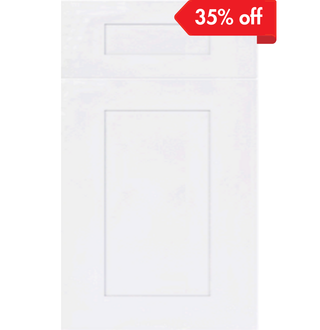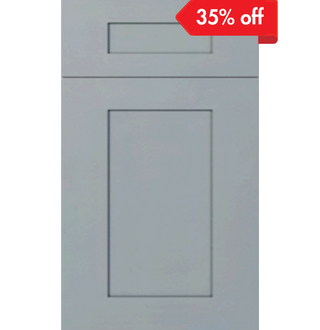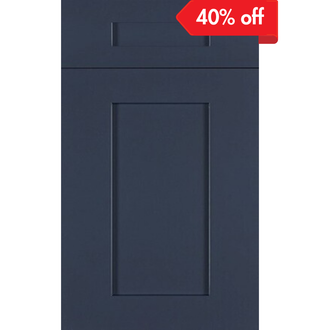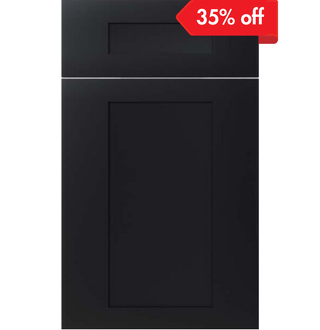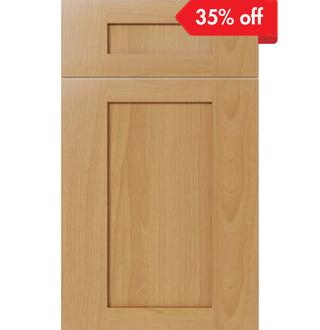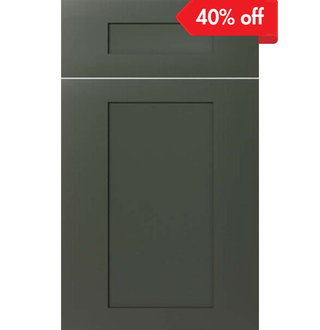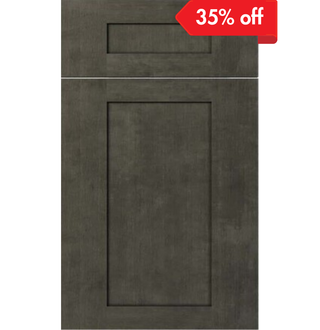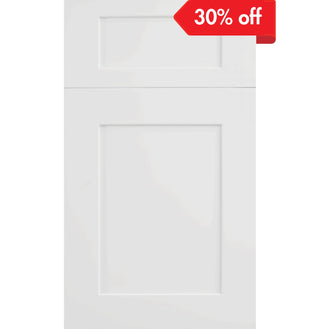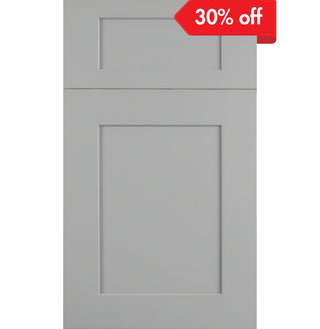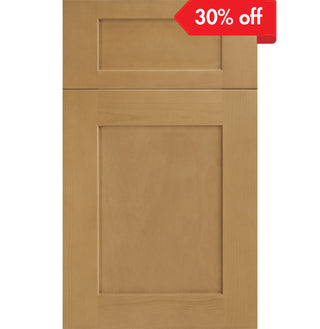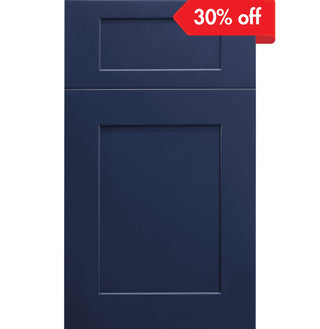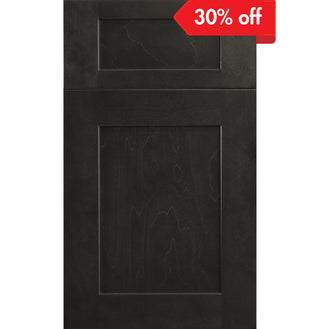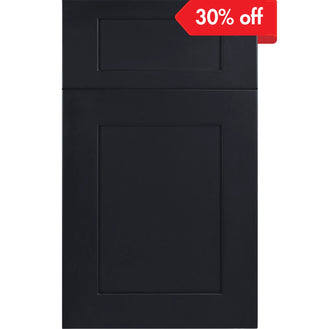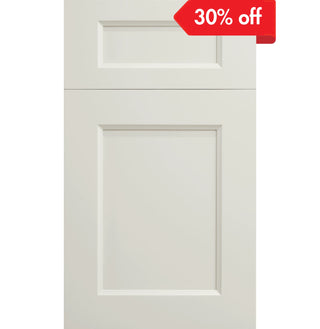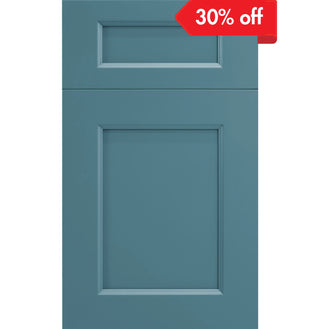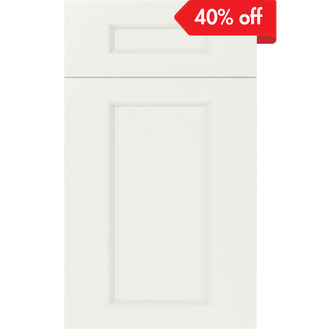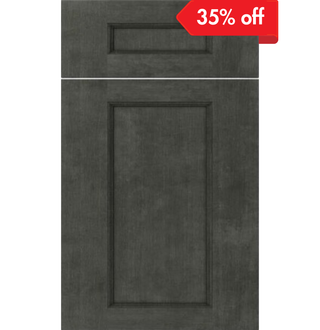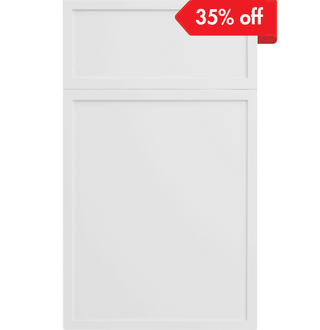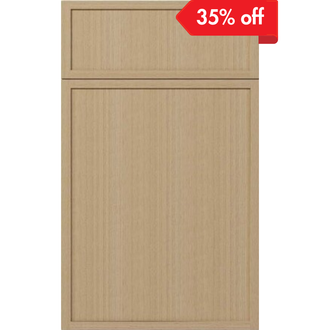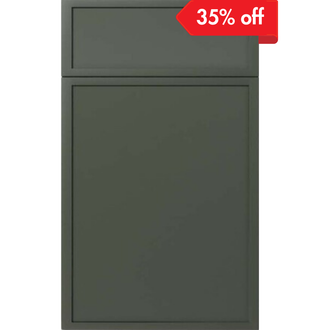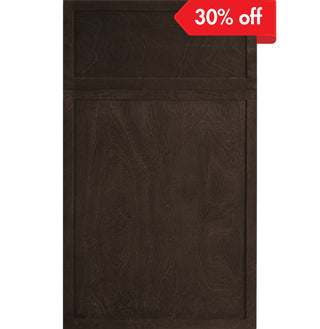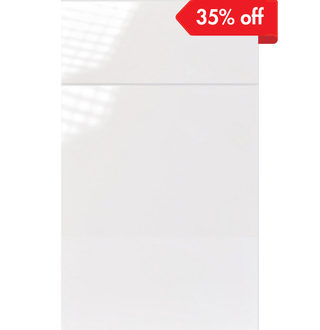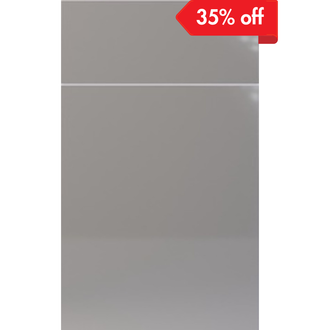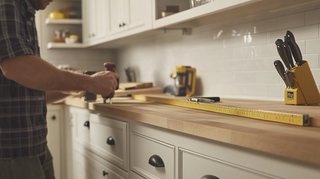
Cabinet Installation Information
Disclaimers and Warnings
At HomeCabinets, we want your installation process to be as smooth and safe as possible. Please note the following important information before you begin your project:
- Professional Assistance Recommended:
Cabinet installation requires precision and skill. If you do not have prior experience, we strongly recommend hiring a professional contractor to ensure your cabinets are installed properly and safely. - Factors Affecting Installation:
The installation process may vary depending on the type of cabinets, wall surface, molding, and other factors. Be sure to assess the space carefully before starting the installation. - Safety First
- Cabinet Installation is a Skill:
Cabinet installation is a complex task that cannot be accomplished solely with a manual. Each project has its own unique characteristics and may present various unexpected challenges. - Liability:
HomeCabinets is committed to providing accurate product information, but we are not liable for any damages, injuries, or issues that may occur during installation or as a result of improper installation.
Tools and Supplies
Non inclusive list of tools and other items:
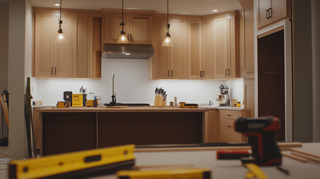
Assembly Instructions
For detailed step-by-step guidance on assembling your cabinets, please visit our Assembly Instructions page.


